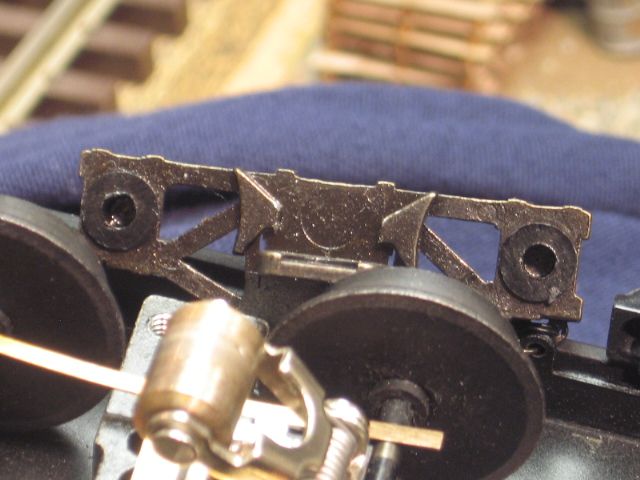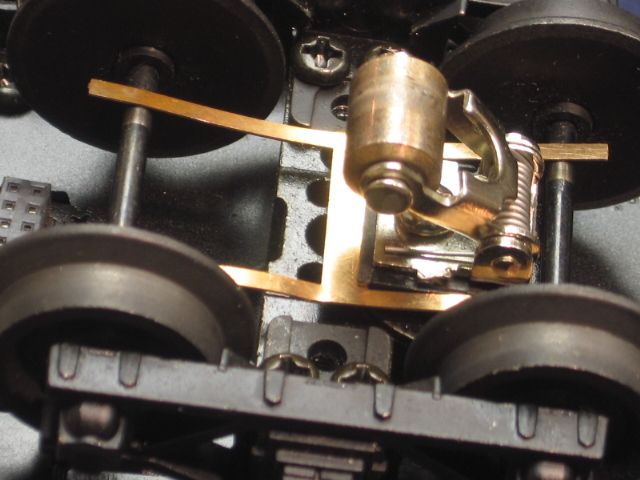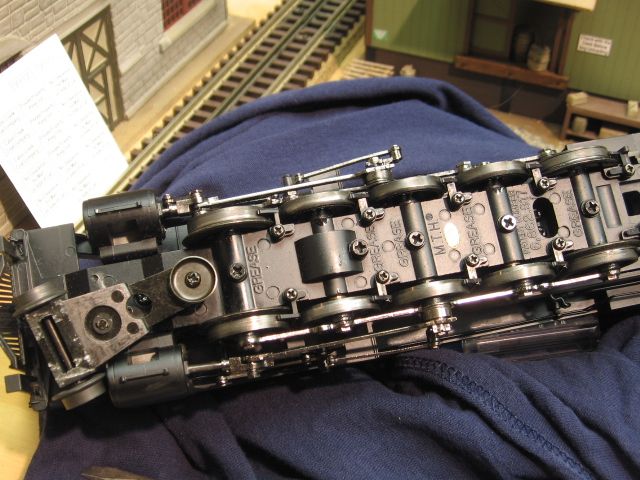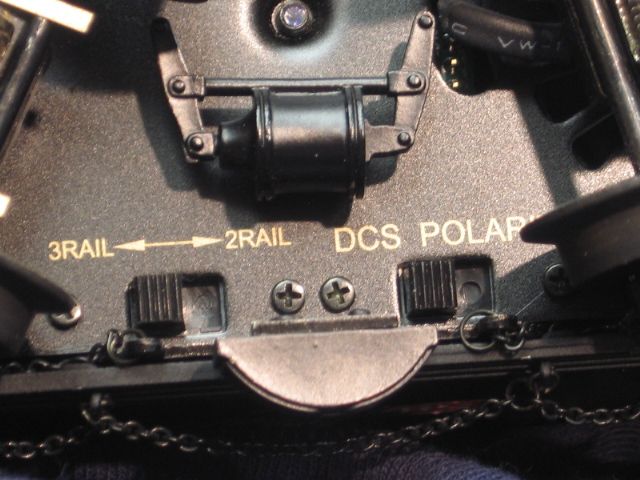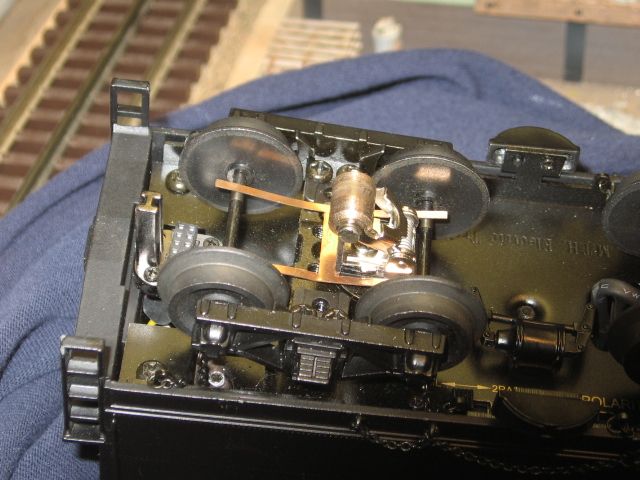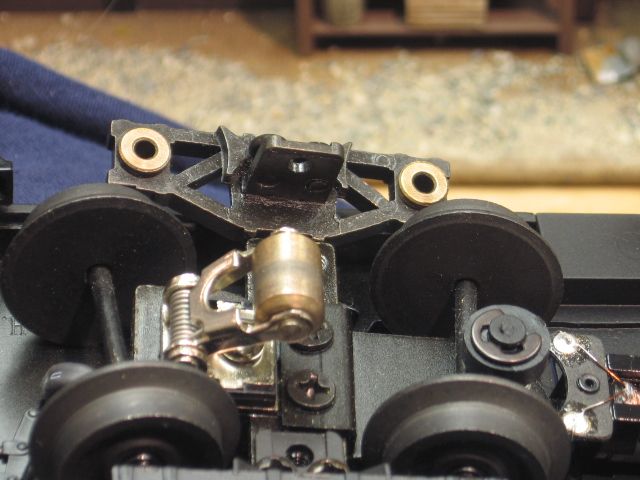This is a complex topic actually. If you want to take High-rail steam and run it on Atlas 2 rail track you will have problems. Unless you use something like Ross or Gargraves 2 rail High-rail track it isn't going to work well. Atlas code 148 turnouts won't allow the High-rail engines to get through the flangeways. The wheels are too thick, flanges too deep, and they are not gauged to NMRA standards. If you are starting with a Scale Wheel model then everything will be fine on most 2 rail track.
The High-rail diesels are easy to convert. Just drop in the Scale Wheel kit, remove the rollers, and flip a switch. That's it. If you want fixed pilots and full length handrails you will want to start with the Scale Wheel models which obviously don't need conversion.
I have done a lot of testing over the years. I even tried to build a 2 rail high-rail layout at one point so I could run my MTH Hi-rail steam on it. Frustration ensued...
My conclusion is that you need to chose one or the other unless you don't mind the look of Gargraves or Ross 2 rail track. I would suggest selling everything and just going to 2 rail scale wheel models. Your 3 rail rolling stock won't work on 2 rail track so that will all need replaced or converted anyways. MTH scale wheel engines will run on tighter radius than they list typically. I have run a 4-6-2 and 4-6-4 on 27" radius without a problem. Your 0-6-0 will likely run on 18"-21" and the 2-8-0 would be about 24"-27" if I had to guess.
MTH really didn't do Proto 3/2 the right way IMHO. They should have given the Hi-rail steam models code 172 wheels that were properly gauged. Then you would truly have an engine that could go from 3 rails to 2 rails and back again. As with so many things MTH does, they got 9/10ths right and messed up the most important 1/10. So unless you like the crap look of 2R High-rail track you are out of luck. Your High-rail Proto 3/2 steam engines aren't going to work on Atlas track. Unless you plan on having zero turnouts I suppose.
![]()



